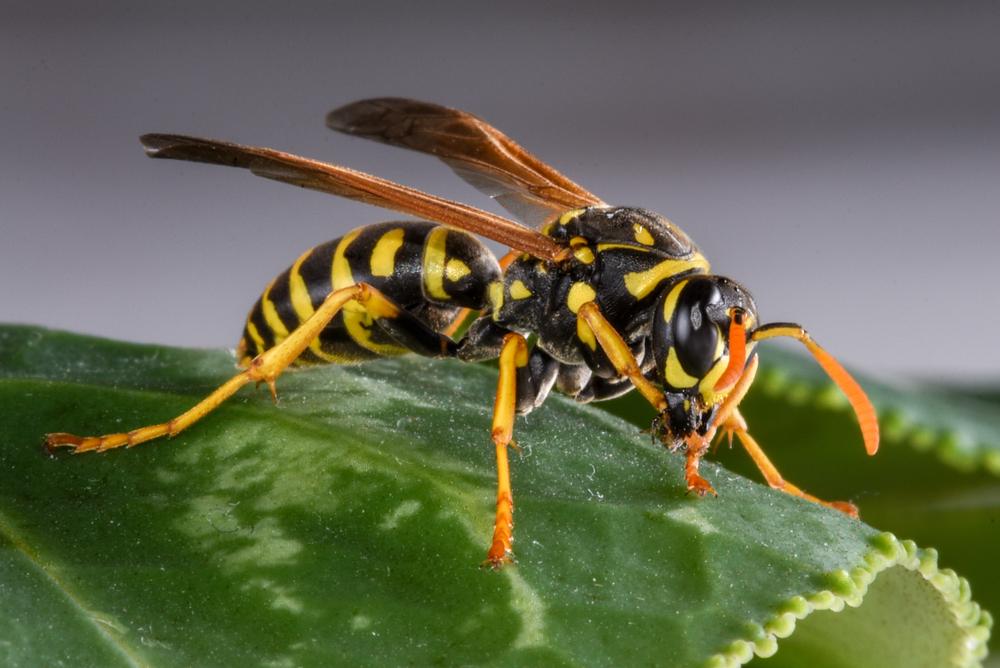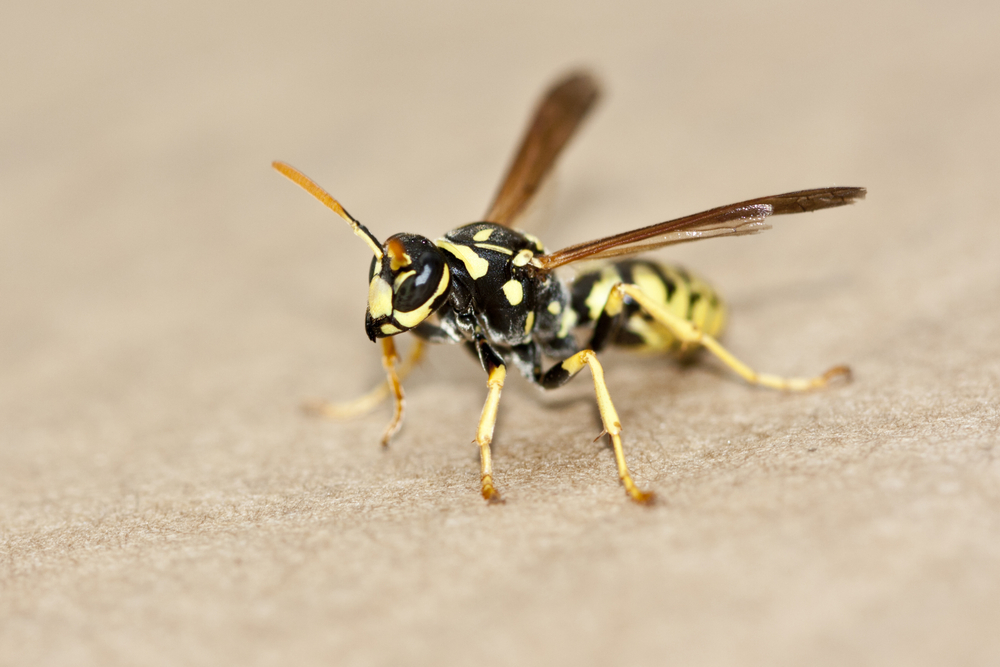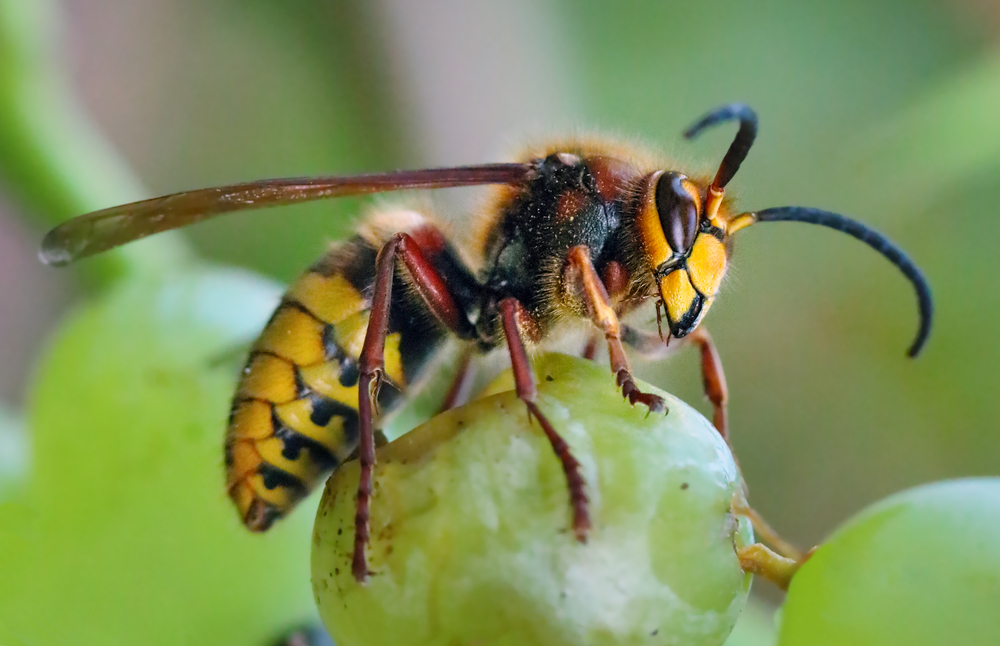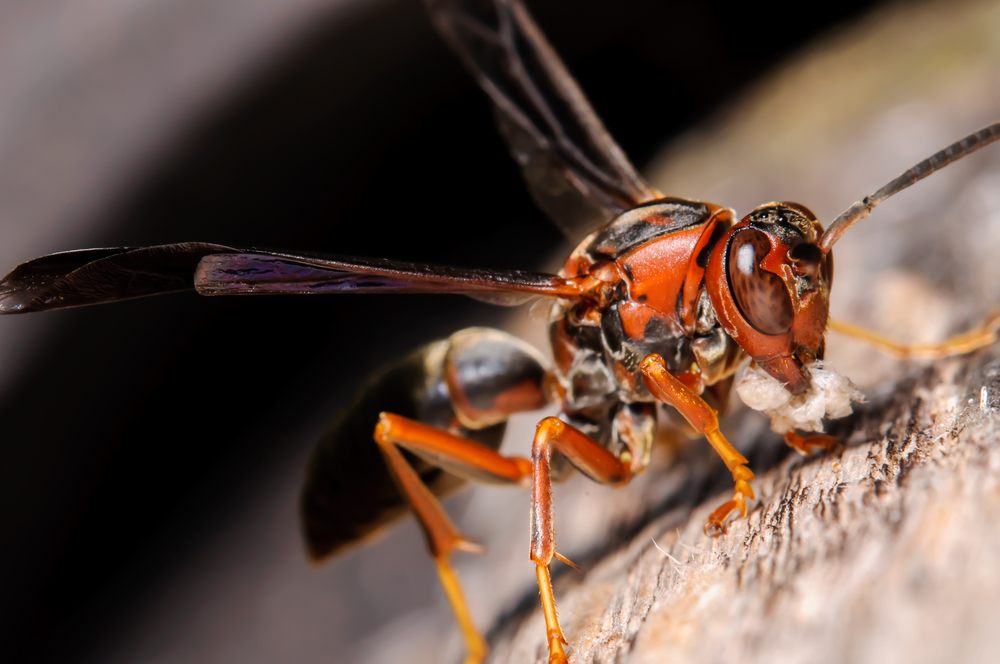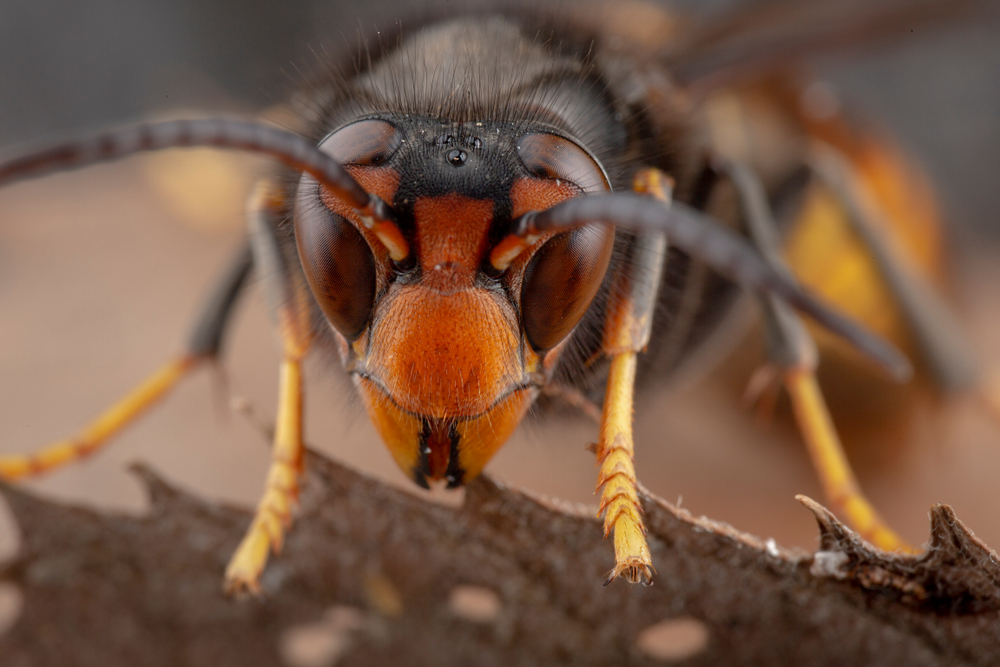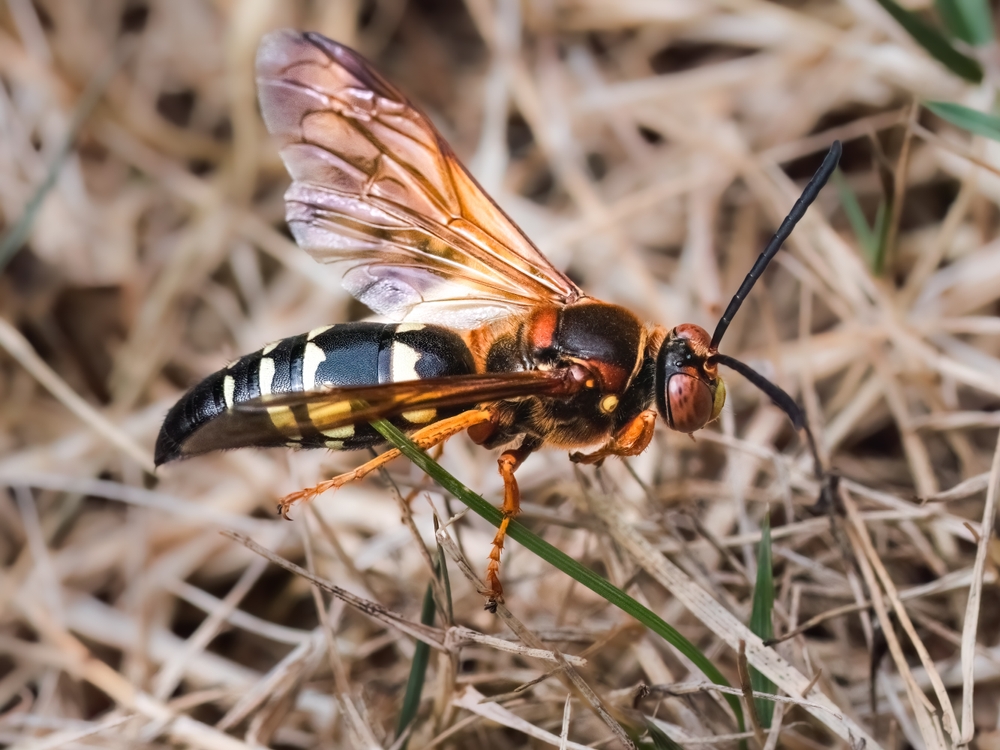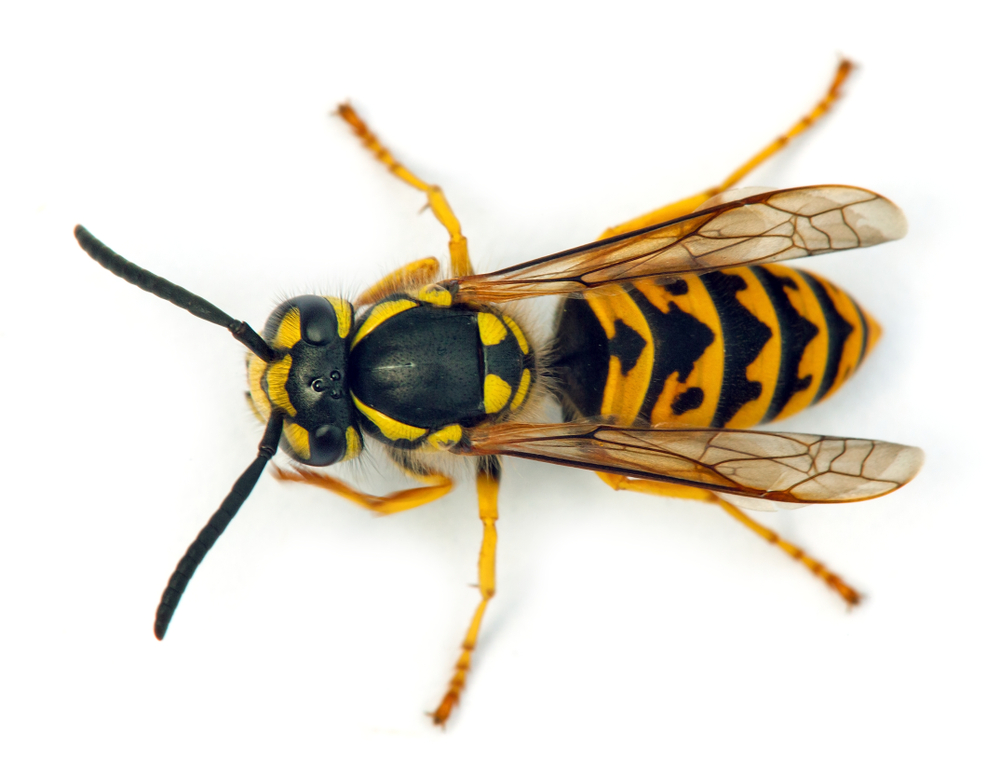The Eastern Yellowjacket is one of the most aggressive, adaptable, and widely encountered wasps in eastern North America. Its success stems from a combination of rapid reproductive ability, efficient foraging, and a flexible, omnivorous diet. While small in size, its social structure and behavioral intensity make it uniquely dominant in both natural and human environments.
Top Aggressor Among Native Wasps:
-
Known for its highly defensive behavior, especially near nests.
-
Capable of delivering multiple painful stings, often in swarms when a nest is disturbed.
-
Stings are smooth and retractable, allowing repeat use, unlike honey bees.
Ground Nesting Specialist:
-
Builds nests underground, often in abandoned rodent burrows, hollow logs, or wall voids—making them hard to detect until disturbed.
-
Nests can contain thousands of individuals, expanding rapidly over the summer.
Dual Diet System:
-
Exhibits a trophallactic food system where:
-
Adults feed on sugars for energy
-
Larvae consume protein-rich prey, such as insects and meat scraps
-
Larvae secrete a sweet reward that adults consume—a unique reciprocal feeding behavior
-
Aggressive Scavenger in Late Season:
-
In late summer, colonies reach peak size, and workers shift to sugar scavenging, leading to frequent interactions with humans.
-
Known to invade picnics, trash bins, outdoor restaurants, and even homes, aggressively competing for food.
Ecological Importance and Impact:
-
Plays a key role in natural pest control, especially early in the season when it hunts caterpillars and flies.
-
Also acts as a pollinator, though less efficiently than bees.
-
Can become a public health concern in urban areas due to high sting rates.
Efficient Seasonal Lifecycle:
-
Rapidly builds large, well-organized colonies from a single overwintered queen.
-
Colony collapses annually, ensuring population control without permanence.
-
Has adapted well to both wild and human-altered environments, making it one of the most successful eusocial wasps in North America.
The Eastern Yellowjacket’s uniqueness lies in its aggressive social structure, versatile diet, and ability to thrive alongside humans, often to their frustration. It is a prime example of how a small insect with a focused seasonal lifecycle can become a dominant force in its ecosystem—and at the dinner table.



































































